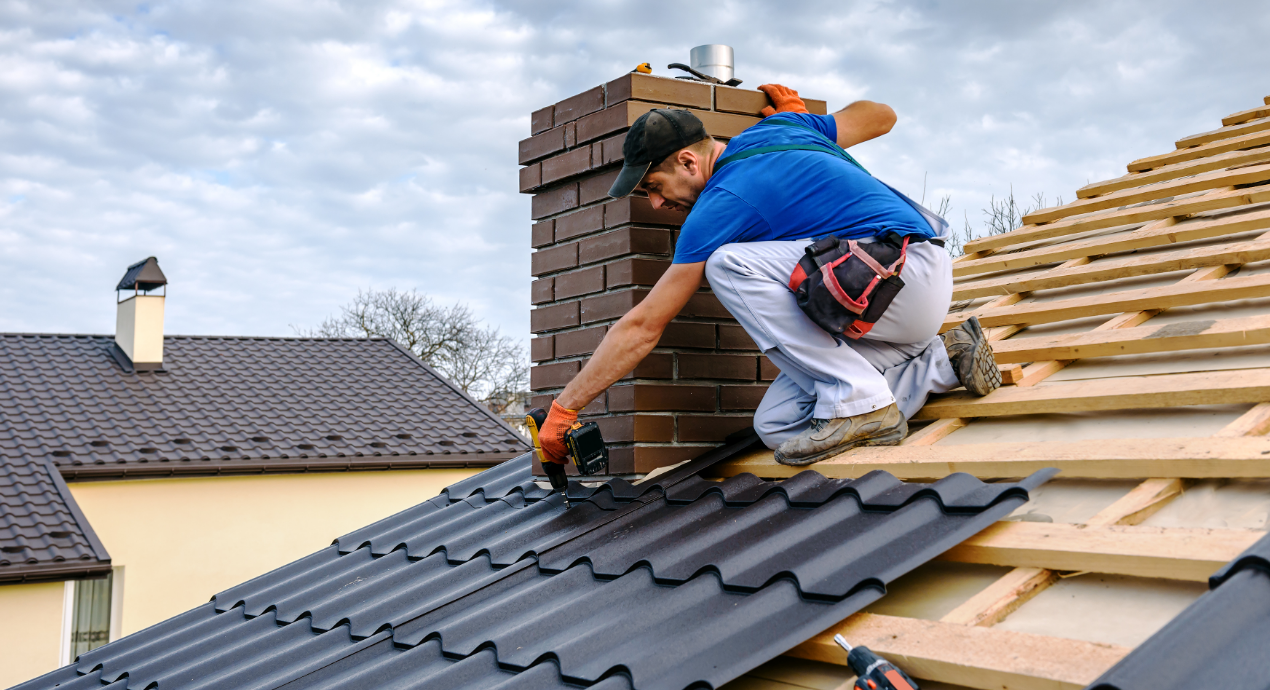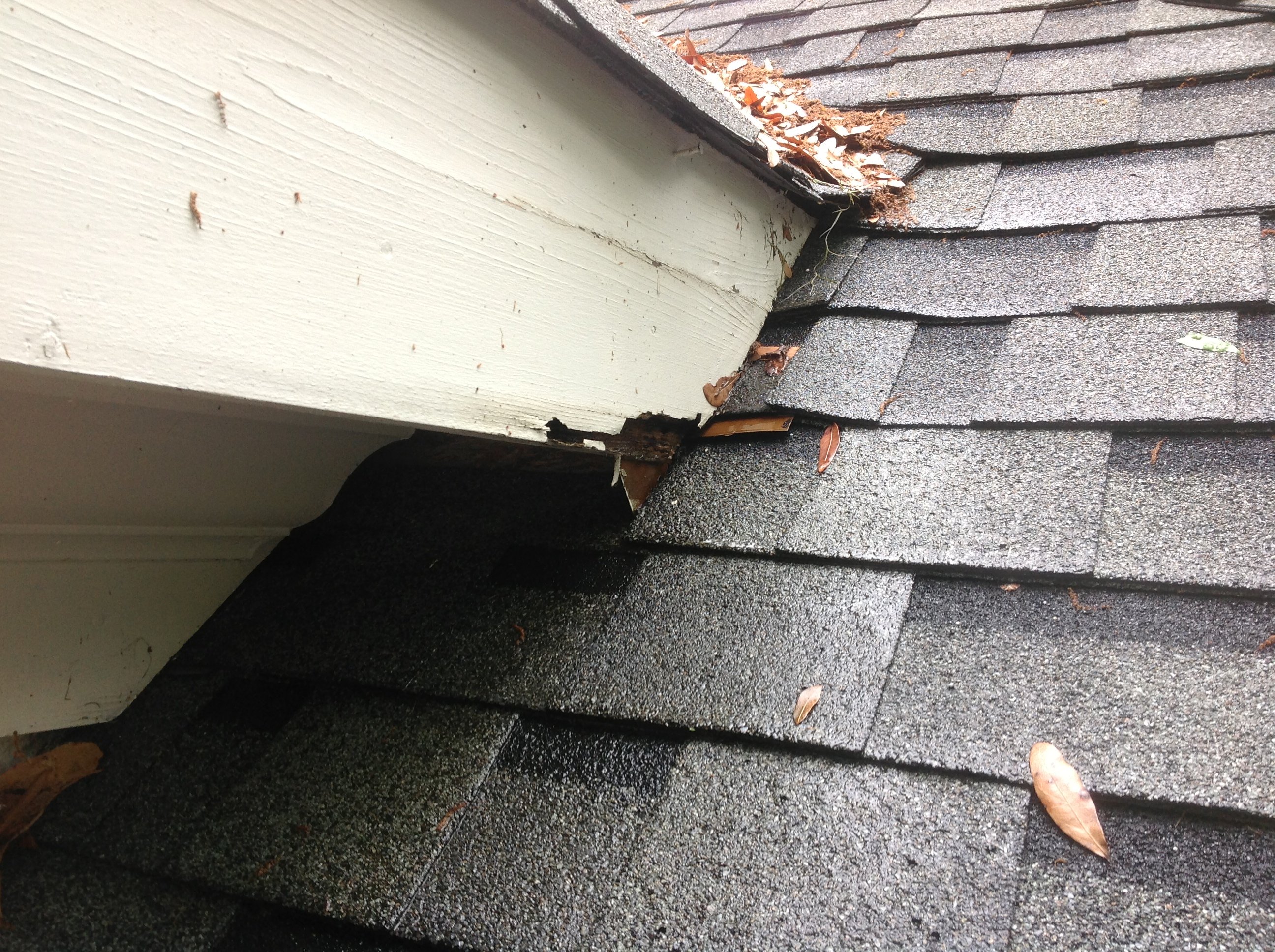Roof Repair Oahu: Expert Roof Repairs for Lasting Defense
Roof Repair Oahu: Expert Roof Repairs for Lasting Defense
Blog Article
Comprehending the Different Kinds of Roofing Systems: A Comprehensive Guide for Homeowners
In the realm of homeownership, choosing the appropriate roof covering style is a decision that lugs considerable ramifications for both performance and aesthetic charm. With an array of options-- varying from the standard gable to the modern flat-- each kind presents distinct advantages and challenges that need to straighten with the home owner's certain needs and ecological considerations. Recognizing these distinctions not only aids in making an educated choice however also affects lasting maintenance and energy effectiveness. As we explore the complexities of various roof covering types, it ends up being noticeable that dimension does not fit all; the right choice might stun you.
Gable Roof Coverings
Gable roofs, defined by their triangular form, are among the most preferred roof covering styles as a result of their simpleness and performance in dropping water and snow. This design includes two sloping sides that fulfill at a ridge, enabling for effective drainage and decreasing the risk of water accumulation. The high pitch generally related to gable roofs improves their capability to deal with hefty precipitation, making them ideal for various climates.
Along with their useful advantages, saddleback roofs offer aesthetic convenience. They can be adjusted to different building designs, from traditional to modern homes. The design can also accommodate additional attributes such as dormer windows, which enhance all-natural light and ventilation in the attic room space.
Moreover, saddleback roofs provide enough area for insulation, adding to power performance. Property owners can select from a variety of roofing materials, including asphalt tiles, steel, and floor tiles, further enhancing customization options.
In spite of their advantages, saddleback roofs might call for added support in locations prone to high winds or heavy snowfall. Generally, the saddleback roof continues to be a favored option due to its blend of capability, durability, and visual allure.
Apartment Roofs
Level roofing systems are often identified for their minimalist design and functional applications, especially in industrial and commercial settings (oahu roofing). These roof coverings feature a straight or almost horizontal surface, which permits for very easy construction and flexible space usage. While they may do not have the visual appeal of angled roofs, level roofings supply countless advantages, particularly in metropolitan settings where maximizing room is vital
One of the primary advantages of level roofing systems is their access. Home owners can make use of the roof area for various functions, such as rooftop yards, terraces, or solar panel installments. Furthermore, flat roofs are generally extra cost-effective to install and keep compared to their sloped equivalents, as they require fewer materials and labor.
Common products made use of for flat roofs consist of built-up roof (BUR), changed bitumen, and single-ply membranes, each offering distinct benefits. On the whole, flat roofings serve as a adaptable and practical choice for lots of property owners and services alike.
Hip Roofing Systems
Hip roof coverings are characterized by their sloped sides that assemble on top, creating a ridge. This layout is distinctive from gable roofing systems, as all four sides of a hip roof covering incline downwards towards the walls, supplying a more stable framework. The angle of the inclines can vary, enabling for flexibility in architectural aesthetic appeals and functionality.
One of the key advantages of hip roofs is their ability to endure hefty winds and damaging climate condition. The sloped surface areas make it possible for far better water drainage, reducing the risk of leakages and water damage. Furthermore, read more hip roofs provide boosted attic room, which can be made use of for storage space and even exchanged habitable locations.
Nevertheless, building a hip roof can be more complicated and costly than less complex roof covering types, such as saddleback roofs. The added product and labor entailed in developing the inclines and guaranteeing correct structural stability can lead to greater costs. Despite these disadvantages, numerous property owners prefer hip roof coverings for their sturdiness, aesthetic appeal, and capacity for power performance.
Mansard Roofings
Mansard roofing systems, usually identified by their distinct click this site four-sided style, feature two inclines on each side, with the lower incline being steeper than the upper. This architectural design, originating from France in the 17th century, is not only visually enticing however practical, as it maximizes the functional area in the upper floorings of a structure. The high reduced slope permits more headroom, making it an excellent choice for lofts or attics, which can be exchanged living rooms.
Mansard roofs are identified by their flexibility, fitting various building designs, from typical to modern-day. They can be built with different materials, including asphalt tiles, slate, or metal, offering property owners with a variety of choices to fit their preferences and spending plans. Additionally, the layout permits for the integration of dormer home windows, improving all-natural light and air flow in the top levels.
Nonetheless, it is vital to think about the potential disadvantages. Mansard roofing systems may require more upkeep as a result of the complexity of their style, and their steep inclines can be challenging for snow and rainfall drainage. In general, mansard roofing systems combine sophistication with practicality, making them a preferred selection amongst property owners seeking unique architectural features.
Dropped Roofs
As home owners progressively look for simpleness and capability in their building layouts, dropped roofs have arised as a prominent selection. Characterized by a single sloping aircraft, a shed roof provides a minimalist visual that enhances numerous home styles, from contemporary to rustic.
Among the primary advantages of a shed roof is its simple building, which commonly translates to reduce labor and material prices. This style enables for effective site link water drain, minimizing the risk of leaks and water damages. Furthermore, the vertical incline gives sufficient space for skylights, improving all-natural light within the inside.
Shed roof coverings also supply versatility in regards to use. They can be effectively incorporated into enhancements, garages, or outside structures like structures and sheds. Furthermore, this roof design can accommodate different roof products, consisting of metal, asphalt shingles, or perhaps environment-friendly roof coverings, lining up with environmentally friendly initiatives.
Nonetheless, it is vital to consider regional climate conditions, as hefty snow tons might demand adjustments to the roofing's angle or structure. On the whole, shed roofings offer a useful and visually pleasing option for house owners wanting to make the most of functionality without endangering style.
Conclusion


Gable roofing systems, characterized by their triangular form, are among the most popular roof styles due to their simpleness and effectiveness in dropping water and snow. oahu roofing. The high pitch commonly linked with gable roof coverings improves their ability to deal with heavy precipitation, making them ideal for different climates
While they may do not have the visual charm of pitched roof coverings, level roofings supply many advantages, specifically in metropolitan settings where optimizing space is crucial.

Report this page